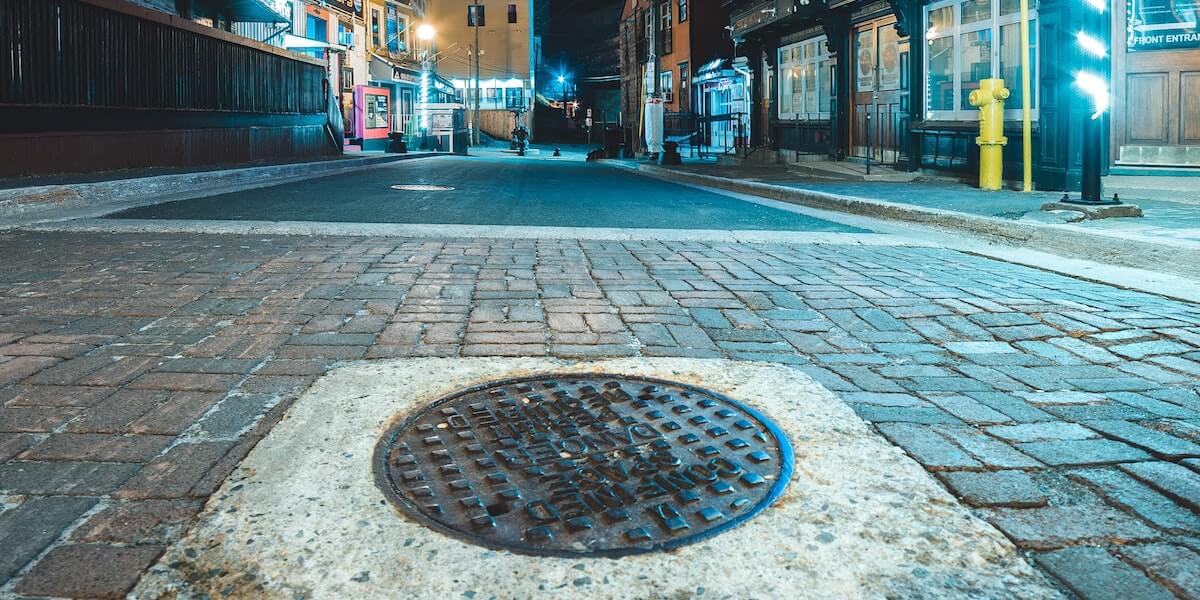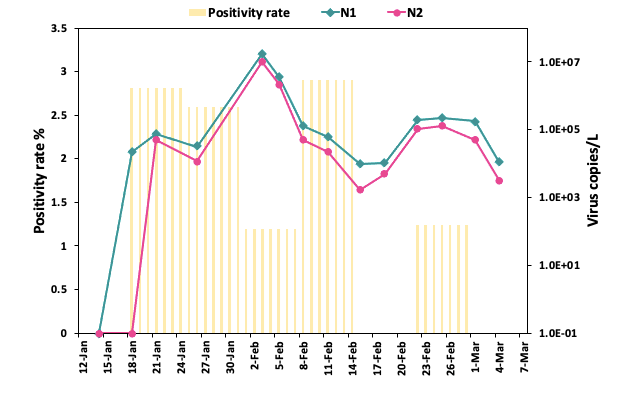
PHOTO/PEXELS, ERIK MCLEAN.
Last summer, researchers from the USC Viterbi School of Engineering including Adam Smith received a grant to study wastewater in different cities as a way of predicting future outbreaks ahead of testing data. The foundational concept: the RNA from the COVID-19 virus sheds in fecal matter, even in asymptomatic patients, and thus can share ahead of time trends of increasing infection in a population.
This data, if collected appropriately, could help identify where outbreaks are poised to occur and alert health officials, so proper measures can be taken to prevent further spread, said Smith, an associate professor in the Sonny Astani Department of Civil and Environmental Engineering. Over the course of the National Science Foundation funded study, Smith found, that the scope of wastewater treatment facilities in Los Angeles—some of which serve three to four million residents each–makes it difficult to implement targeted actions based on data collected.
“If we get data back that says the copies of the virus are increasing, there’s not really anything you can do with the data because there’s so many people that that the plant serves,” Smith said. “So you need to get a more refined spatial resolution.”
Given that more targeted sampling methods, like breaking a sewer sample into more sub-populations of 50,000 or 100,000 are difficult to implement, Smith thought looking at individual building level data would be useful. In October, his team began sampling wastewater from three buildings on the USC University Park campus. The buildings span 30 to 100 residents, so they are working with a small, targeted sample size that allows for greater transparency into how to implement and validate the data, Smith said.
“When we began, our campus samples were all non-detect, which followed the trends of LA County at the time. But as we headed toward the end of November (2020), we started to see increased positive detection in the samples,” Smith said.
The team uses 24-hour composite samples twice a week for each sampling point. They found that their data strongly correlates with student test results, showing the wastewater is a good indicator of COVID-19 infections in the building.

This chart shows the positive correlation of students in the Cale and Irani Residential College buildings in the bars and the virus copies/L in wastewater samples w/ N1 and N2 quantified. These are two biomarkers on the SARS-CoV-2 genome. IMAGE/ADAM SMITH.
The next hurdle, however, is figuring out how to make the data useful. “Students already get tested frequently, so the wastewater data, at this point, is superfluous,” Smith said. “We’re going to continue this work in the fall and roll it out to more buildings on campus. One thing we’re proposing is having students tested only once per week and relying on the wastewater data to fill in the additional information.”
Reducing the number of COVID-19 take-home tests required by students would be more convenient and save money for the school, Smith said. But this is not without its challenges. Additional nuances need to be examined to make data more reliable. For example, Smith said, if a student has COVID-19 but isn’t moved to a hotel or another building to quarantine, they would still be contributing to the wastewater data. Also, because COVID-19 can live in our systems for weeks in some cases, Smith said, it would be important to understand whether data is reflecting new or existing COVID-19 cases.
With continued efforts in this area, Smith said they hope to coordinate more closely with USC’s student health department, not only on COVID-19, but on other viruses that can break out in close quarters. The team is also looking at variants in the wastewater, so they can track what version of COVID-19 is spreading the most in the student population.
“We quantify all the viral RNA,” Smith said. “There’s a specific change in the nucleotide sequence on the RNA genome that allows you to identify different variants, like the UK strain. We’re working on methods that identify these separately, so we can quantify these variants in our data.”
This could be helpful in understanding vaccine efficacy against variants, as well, Smith said. “One of the concerns is that the vaccines are not effective against some of these variants. When we have more of our students vaccinated—hopefully by the fall—if other variants pop up and the vaccine isn’t effective, we’ll be able to see this in the wastewater.”
Published on May 25th, 2021
Last updated on May 25th, 2021







